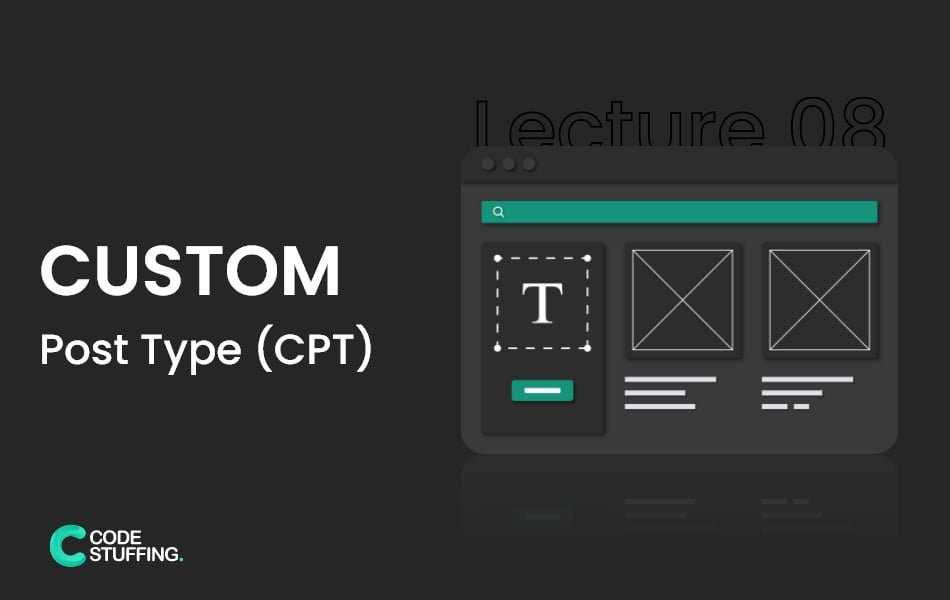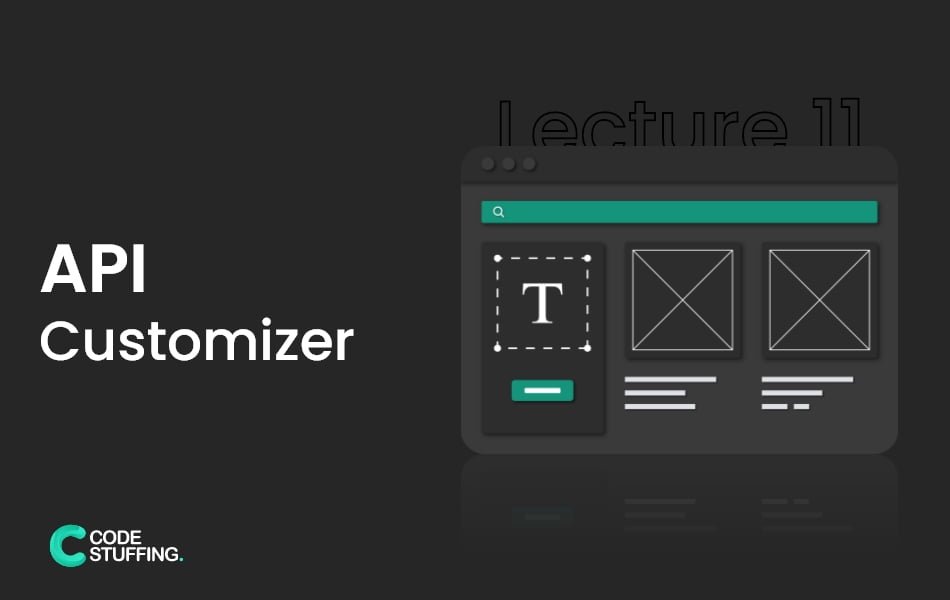

In this lecture, We will talk about form, building our custom ajax form, submitting forms, sending form data, processing data, form messages, and success messages.
Form Enquiry
First, we will create a form without an action attribute because we will do this with jQuery later.
<form id="enquiry">
<div class=" row">
<input class="col-md-6 mb-2" type="text" name="fname" placeholder="First name">
<input class="col-md-6 mb-2" type="email" name="email" placeholder="Email">
<input class="col-md-6 mb-2" type="text" name="phone" placeholder="Phone">
<input class="col-md-6 mb-2" type="textarea" name="textarea">
<button type="submit">Submit</button>
</div>
</form>
We created a simple form above, now it’s time to send data from the form by using jQuery and Ajax.
jQuery Script
Add the below script after the form
<script>
$ = jQuery;
$('#enquiry').submit( function(event){
event.preventDefault();
var endpoint = '<?php echo admin_url('admin-ajax.php'); ?>';
var form = $('#enquiry').serialize();
var formdata = new FormData;
formdata.append('action','enquiry');
formdata.append('enquiry',form);
$.ajax(endpoint,{
type: 'POST',
data:formdata,
processData: false,
contentType: false,
success:function(res){
$('#enquiry').fadeOut(200);
$('#success_message').text('Thanks for yur enquiry').show();
},
error:function(err){
}
})
}
);
</script>
If you got an error about jQuery not being found, so migrate jquery by enqueuing it in functions.php file.
wp_enqueue_script('jquery');
Now it’s time to send data, use below sending method in functions.php file.
add_action('wp_ajax_enquiry','enquiry_form');
add_action('wp_ajax_nopriv_enquiry','enquiry_form');
function enquiry_form(){
$formdata = [ ];
wp_parse_str($_POST['enquiry'], $formdata);
// Admin Email
$admin_email = get_option('admin_email');
//Email Headers
$headers[ ] = 'Content-Type: text/html; charset=UTF-8';
$headers[ ] = 'Form:' . $admin_email;
$headers[ ] = 'Reply-to: ' . $formdata [ 'email ' ];
// Who are we sending the email to?
$send_to = $admin_email;
//Subject
$subject = "Enquiry form " . $formdata[ 'fname' ] . ' ' . $formdata[ 'phone'];
//Message
$message = ' ';
foreach($formdata as $field){
$message .= '<strong>' . $index . '</strong>: ' . $field . '<br/>';
}
try{
if(wp_mail($send_to, $subject, $message, $headers)){
wp_send_json_success( ' Email Sent' );
}
else{
wp_send_json_success( ' Email Error' );
}
} catch (Exception $e){
wp_send_json_error($e->getMessage());
}
wp_send_json_success( $formdata['fname'] );
}
If you get email’s on junk and spam don’t worry about it, we will setup SMTP for this.
#BeingCodeStuffer













